Taking a long hard look at it, 1994 isn’t as impressive a year for film as I remember- at least not at the level it is placed by the majority. Many of classics that enamored me as a child have lost their lustre and I have been left with only a select few films which continue to resonate. This is far, far from the same ranking a lot of other publications would handle but hey- an endearing trait about The Cinemaholic is its encouragement of individuality and that makes me glad to be a part of the team. Without further ado, let’s list down the top movies of 1994.
10. Crumb
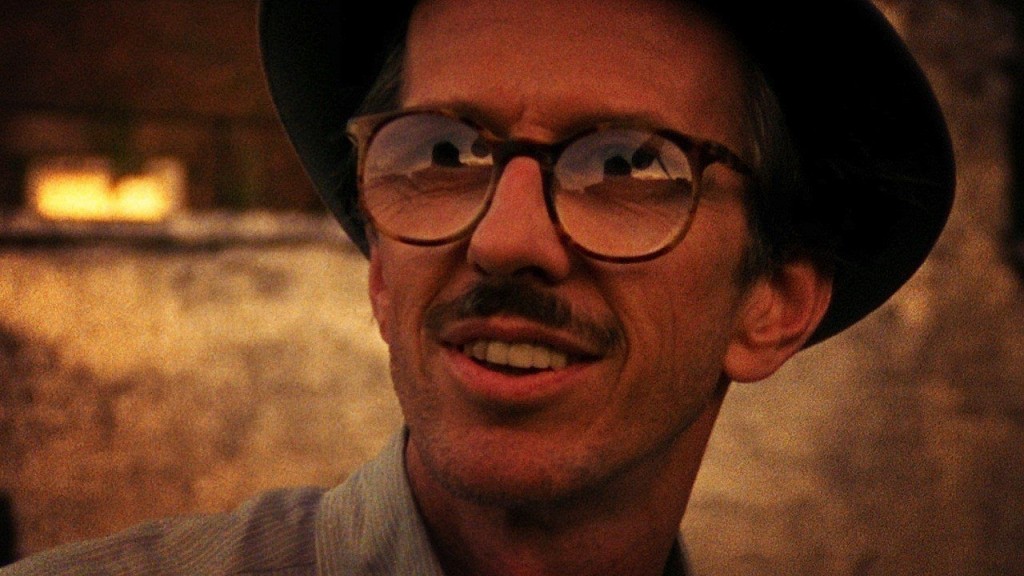
A documentary that fascinates in the honesty of its subject, Crumb doesn’t so much pick and probe as it does dive into a man who is willing to bear all. Director Terry Zwigoff’s warm but concise observation of his friend Robert Crumb makes for engaging viewing throughout: Detailing the twisted internal production line of an artist with grace, insight and the kind of access that we really can’t expect again anytime soon.
Read More: Best Movies of 2007
9. The Shawshank Redemption
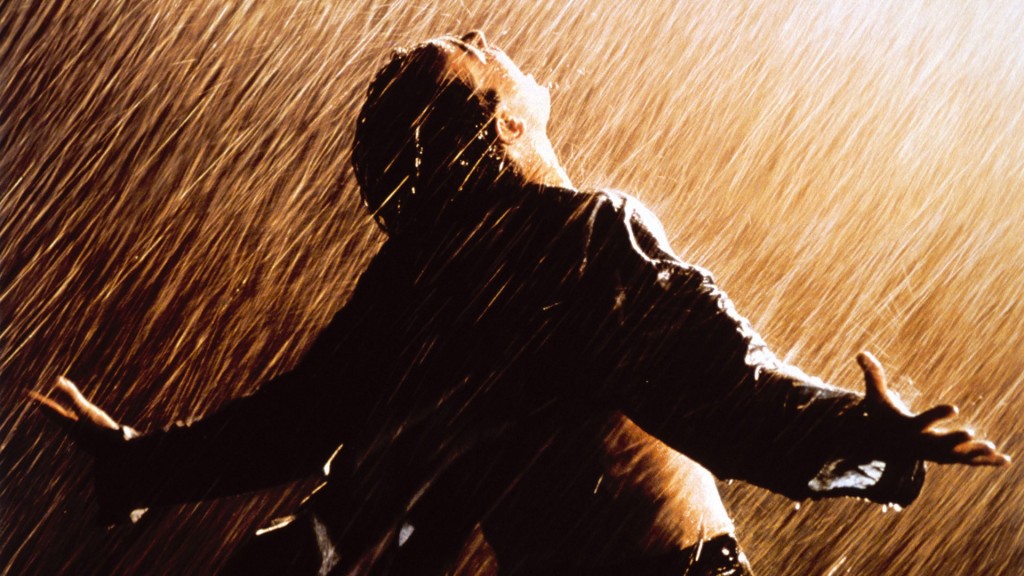
Thin characterisation and the subtle stench of Oscar Bait let down Frank Darabont’s sleeper hit turned critical sensation; however the film finds its saving grace in the cinematography of Rodger Deakins. There is a steady, quiet and absorbing sense of progression aided humongously by the photographer’s sleek movements- as well as Morgan Freeman’s dulcet tones that make the ride cinematic- if not in the least bit appealing to audiences in need of depth. I can sit and watch The Shawshank Redemption glide by any day.
Read More: Best Movies of 1973
8. Pulp Fiction
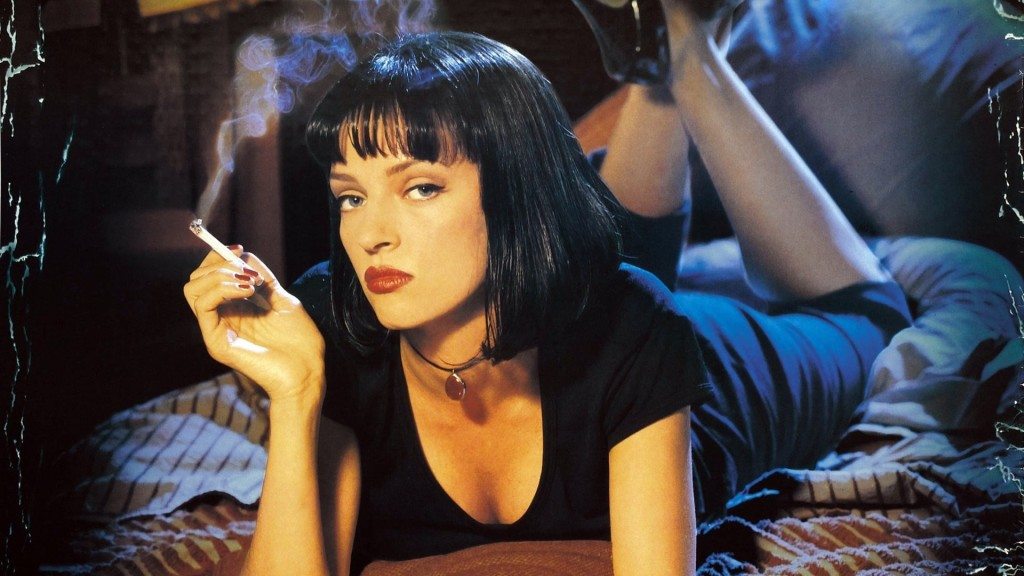
The flick that forged Quentin Tarantino’s namesake, Pulp Fiction also stands as a masthead that leads the direction of his cinema to this day- for better or for worse. Its dialogue crackles and the soundtrack is funky, thought I find very little that anchors the style to any form of substance. Tarantino makes vague attempts to impart his narrative with the required gravitas in Jules’ biblical journey, as well as a switch-up of chronology to encourage seeing the film again- but fails to realize this narrative fully. Pulp Fiction is a sexy film with nothing between the eyes bar a very pretty nose: Pulled apart in several different directions by its own convoluted design with the resultant mess supported solely by the pomp of its writer/director’s pulpy style. The man wrote some great scenes and threw them together; and whilst this could double-up as a smart allegory for the vacuous hole of contemporary life juxtaposed against a shamelessly seductive slice of style over substance- reaching for anything beyond a flashy, indulgently penned gangster farce would probably make it less cool in Tarantino’s head. Damn shame.
Read More: Best Movies of 2017
7. Three Colours White

The weakest effort in Kieslowski’s exceptional Three Colours trilogy, White remains a rousing comment on migration and romantic loss that just needed a little more sharpening to become as profound as the sublime entries it is sandwiched between. Blue and Red find an exquisite sense of focus, whereas a narrative divided between Poland and France isn’t helped by the director’s indecisive style and weaker plot. Nonetheless, Kieslowski elevates an otherwise terminally vague drama with a brutal honesty which seeps into every piece of work he puts out, highlighting moments of human emotion with mortifying intimacy. Three Colours White succeeds when it allows its confused little protagonist a minute outside of the rattrap to contemplate the magnitude of his failures and put into place plans to rectify them as neatly as is possible. The ramshackle construction of White is damning to its overall quality, for sure, but given it’s a piece by a master in the twilight of his career it remains as vital a work as any film this year.
Read More: Best Movies of 2003
6. Wes Craven’s New Nightmare
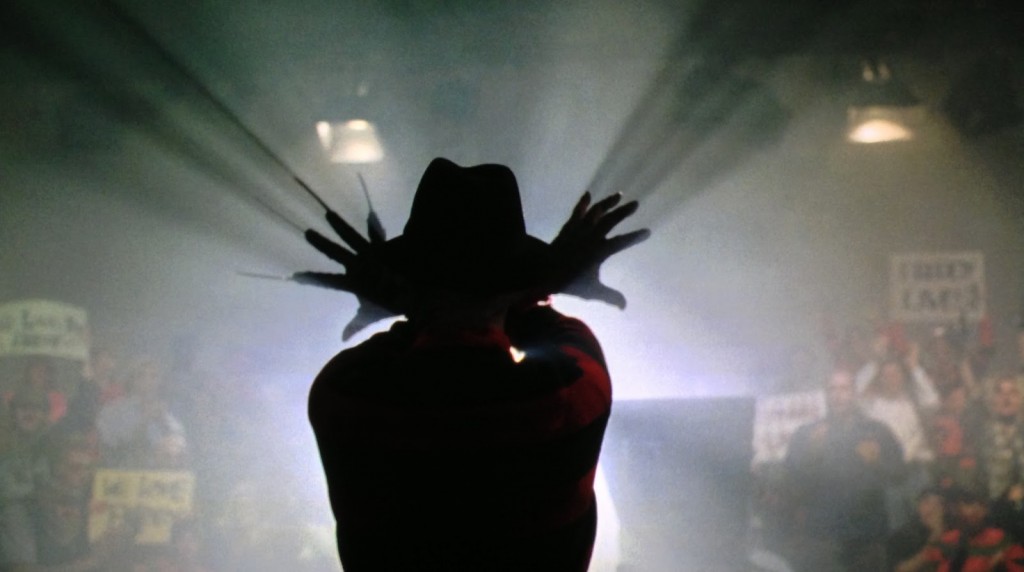
10 years after the release of his masterfully conceived A Nightmare on Elm Street, Wes Craven’s penchant for meta-humor (that would manifest beautifully in 1995’s Scream the next year) led him back to the piece that cemented his place in the annals of Horror history. Always ahead of the curve, Craven decided there was no better way to pay tribute to that film that tear it to pieces. New Nightmare messes with the continuity of the series in an oddly fitting manner that embraces the lucid creativity of its dreamworld, both criticising and cherishing wider Horror culture in a way only someone who loved the genre really could. Craven speaks of being frustrated with his type as a producer of Horror- a profession he hoped to escape- and it is with New Nightmare that I see these demons being expunged. Craven possessed the intelligence and skill to transcend genre even with his feet firmly placed in it, relishing in the devilish critique his newer work and kick-starting a brief but vital career renaissance. This is a towering triumph of the characteristically lazy Horror sequel with just as much thought put into it as the original. Superb.
Read More: Best Movies of 2002
5. Leon: the Professional
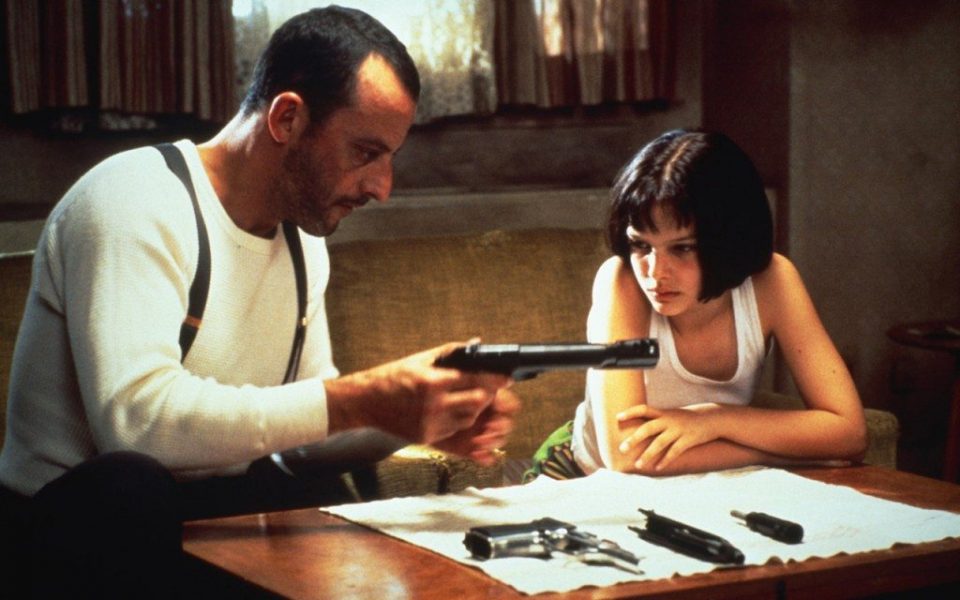
Luc Besson’s lovingly handled Nabokovian tale of hit-men mixed with the adventure of adolescence, Leon is an uneven work fuelled almost solely by the passion a young Natalie Portman exudes in every frame she is given the grace of. So too are its clichés eclipsed by Gary Oldman’s exciting bombast and the complete lack of ambition or self-importance with which it guides the narrative. Leon is something we’ve all seen before, true, but there is an earnest nature to its storytelling, affording its characters as much time as they need to inhabit the world Besson builds- making their relationship the focus through the sacrifice of steady plot progression. Though this ultimately contributes to Leon’s failing as a memorable story, it is this spark between Matilda and Leon which drives my admiration for Besson’s piece- and what ultimately separates from the pack.
Read More: Best Movies of 2011
4. Hoop Dreams
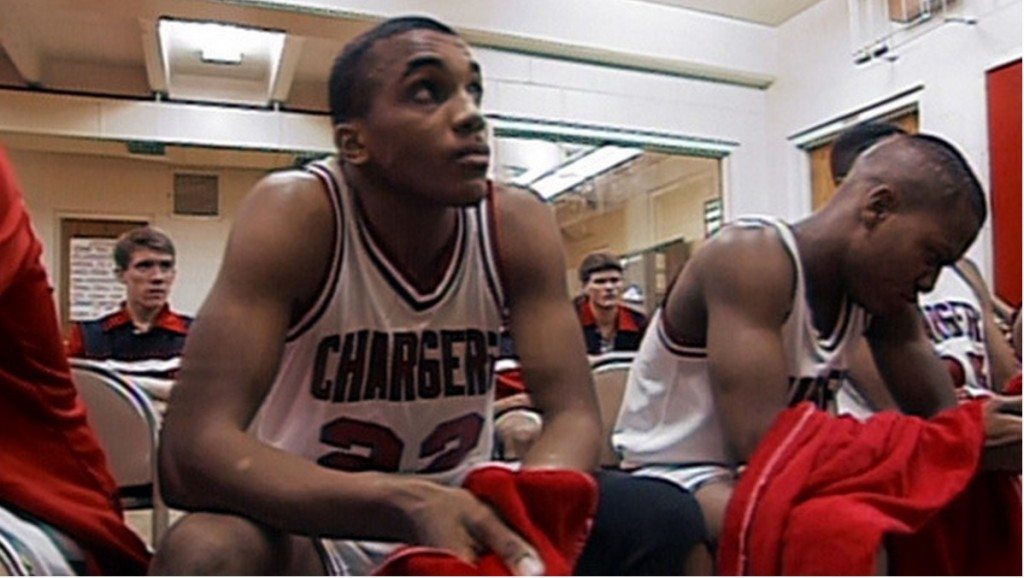
Steve James’ epic documentary tackles the lives of two young men aspiring to greatness on the basketball court and takes an impressively measured look at their social situations in the process. Lesser artists fail to see the infinite complexity of such a situation and choose to foreground living standards etc, losing sight of the surrounding landscape of these people’s lives and often cheapening their chosen element through overexposure. The time James takes to explore his subjects William Gates and Arthur Agee, as well as the maturity of his worldview gives us a wholly perceptive grasp over what he set out to achieve that never strays too far from home, making Hoop Dreams a colossally important point of study for any budding documentarian.
Read More: Best Movies of 1999
3. Chungking Express
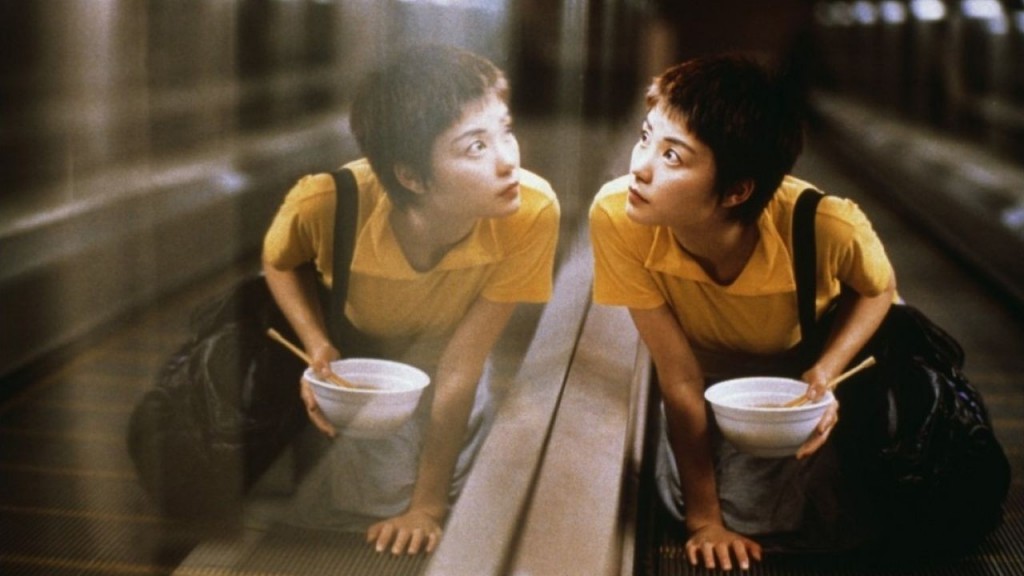
A perceived peak of Wong Kar-Wai’s impressive style, Chungking Express is an uncontested apex of his film-making in the 1990s that curbs hyper-fast cinema into a richly substantial mould: Reflecting on the relentless rush of modern life through the eyes of its weary characters as well as indulging in the excesses that have become the norm in the pepped-up labyrinth of Hong Kong’s undercity. Its kaleidoscopic techniques and chopped-up narrative divides people and ideas whilst gradually sewing up the seams in the middle until a final point of contact is reached: Quiet and complete and bereft of any overblown connotations that occasionally ruin payoffs in romantic cinema.
Read More: Best Movies of 2005
2. Three Colours Red

Kieslowski’s own breath-taking tower of Babel, Red fascinates in its whispering wonderland of themes: Isolation, morality, surveillance, grief and vanity swimming amidst a sea of touchstones that remain as relevant to the modern understanding of our world as ever. The honesty in his lens allows the audience to breathe under such a torrent, invited into the webway through an open sense of space that places you right next to the characters: Unknowingly forced to share their ethical struggle and teased towards conclusions and observations that under a less assured hand would be utterly impossible. Red is an absolute pinnacle of Kieslowski’s understanding of humanity, forcing and feeding us within his work with the mentality of a companion, rather than a puppetmaster. It is this humility in his style which made Kieslowski such a rare treasure amidst the self-obsessed legendmaking madmen of ‘art-cinema’- and there is no better way to celebrate this quality than the spellbinding Three Colours Red.
Read More: Best Movies of 2001
1. Sátántangó
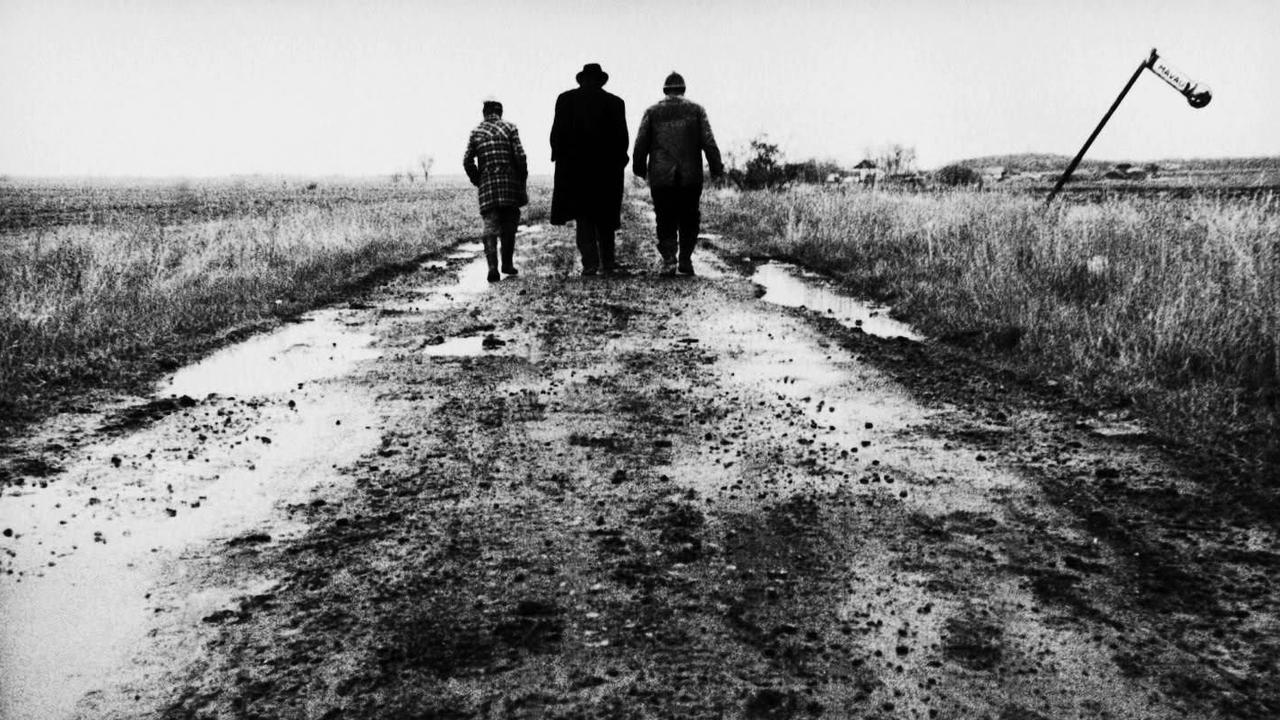
Master film-maker Belá Tarr’s infamous masterpiece, Sátántangó picks up shade wherever it lays its colossal feet for the 450-minute runtime that continues to turn away even the most ardent cinephiles. Understandably so, however I haven’t sat it above fan-favorites Pulp Fiction and The Shawshank Redemption for no reason: Sátántangó is as perfect an example of cinematic world-building as there has ever been. Hitting play is to be inescapably lost in Tarr’s mesmerizingly bleak Hungarian apocalypse, where the slivers of humanity that remain in the fight to flourish are tormented by cosmic forces and those who have surrendered to the darkness that seeps ever closer on the horizon. It’s not a joyful use of time, truth be told, however life is long and in constant need of filling- Find a day spare and spend it in the land where the bells toll. Love it, loathe it or walk away totally indifferent- you will do so a changed lover of cinema.
Read More: Best Movies of 2008

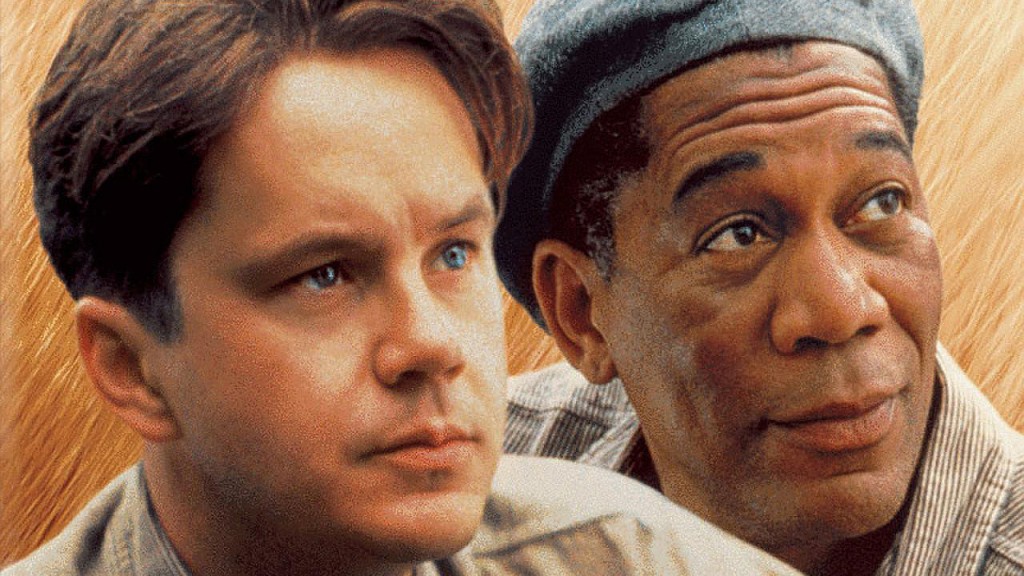
You must be logged in to post a comment.